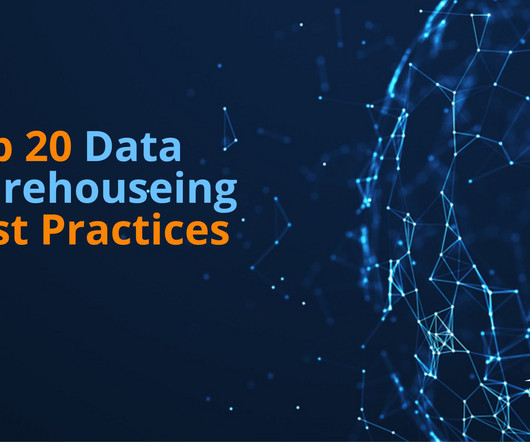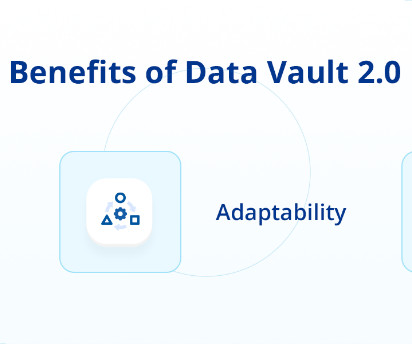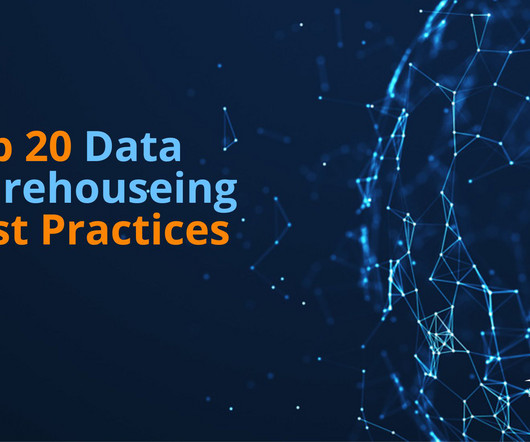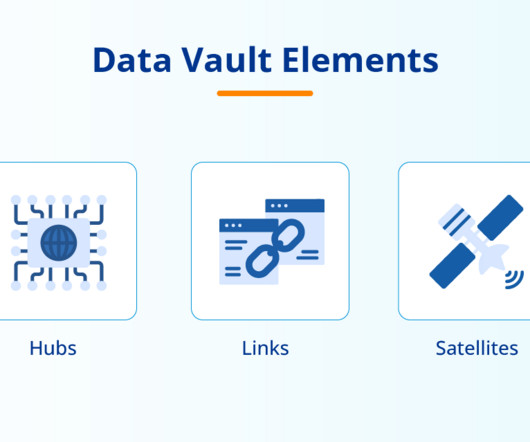Top 20 Data Warehouse Best Practices in 2024
Astera
FEBRUARY 28, 2024
These systems can be part of the company’s internal workings or external players, each with its own unique data models and formats. ETL (Extract, Transform, Load) process : The ETL process extracts data from source systems to transform it into a standardized and consistent format, and then delivers it to the data warehouse.












Let's personalize your content